Try to name a fashion trend as enduring as the engagement ring. Since the early 1900s, American engagement rings have defied much of the typical ebb and flow of trend, remaining more constant in style than virtually every other accessory. Indeed, the requisite solitaire diamond engagement ring — a simple silver or gold band with a single brilliant-cut round diamond — has been the symbol of betrothal for over a century.
But when you take a look at vintage wedding rings over the ages, you’ll see that, however subtle, there is quite a bit of variation from one decade to the next. While the overall theme may have stayed the same, the little details and finishes change with the rest of culture and fashion trends as a whole. Here’s an overview of how engagement rings have evolved from decade to decade.
1920s and 30s: Art Deco Glam
At the height of the decorative arts movement in the 1920s, jewelry followed art, architecture and culture in favoring the geometric, abstract and intricate. Some other hallmarks of engagement ring design during this period included white gold and platinum.
- White gold and platinum. During the art deco era, white gold and platinum reigned supreme. Yellow gold wouldn’t re-emerge as a popular engagement ring option for a few decades.
- Old-school gem stone cuts. Some of the most popular engagement ring styles of the time featured old European cut diamonds (non-brilliant cut round diamonds), as well as the enduring Asscher cut, which honored the trends of the era with sharp, geometric lines.
- Colorful stones and clusters. To showcase the intricate, geometric aesthetic of the day, art deco engagement rings often featured multiple colorful gemstones and pearl accents like this stunning example provided by the Smithsonian. Diamonds were not yet popular. In fact, before World War II, only 10 percent of engagement rings featured diamonds.
- Cluster settings. Cluster settings, meaning settings with multiple gemstones set together in a unique design, were common. Solitaire engagement rings would not become popular for several years.
1940s and 50s: Hello, Bling
The 1940s set the stage for the typical engagement ring style we know and love today. It was in 1947 that the De Beers diamond company debuted their “A Diamond is Forever” campaign as a way to market diamonds to men planning to propose. Signatures from the period include:
- The rise of the diamond. In addition to savvy diamond advertisements, the strong economic growth of the 1950s helped increase the popularity of diamonds in the 1950s. The popularity of diamond engagement rings kept growing well into the 1970s.
- Alternative precious metals. World War II spurred a shortage of one of the most popular engagement ring materials — platinum. This caused jewelry designers to turn back to gold, with plenty of settings in dazzling yellow and rose gold.
- Cluster settings. Solitaire engagement rings still weren’t the standard by the end of the 1950s. While designers did highlight a large center stone, it was often flanked by smaller diamonds or baguette cut diamonds on either side. The pear cut also became popular.
1960s and 70s: Back to Art Deco
Just like many fads in fashion, jewelry trends tend to call back to earlier styles after some time has passed. That’s exactly what happened with regard to engagement ring styles in the 1960s and 70s. During this era, designers recalled the beloved designs of the 1920s and 30s, often adding the very in-vogue diamond for a trendy effect.
1970s and 80s
The 1970s and 80s were marked by two big changes in engagement ring design — new cuts and lots of yellow gold. Big, bold and flashy, this era’s engagement rings were not unlike the overall fashion trends from that period. Some of the most common features included:
- Yellow gold. We all know that the general style of the 1970s and 80s had a distinctly gold tint, so it’s no surprise that engagement rings of the decade were often crafted from shimmering yellow gold.
- New cuts. During this era, the jewelry world became obsessed with the round-cut diamond and the emerald-cut diamond. It was during the 1980s that Prince Charles proposed to Princess Diana with an exquisite oval blue sapphire engagement ring. Naturally, this spurred a lot of new interest in both sapphires and oval cuts.
- Chunky settings and thick bands. In stark contrast to the slim, delicate wedding and engagement rings of today, this period was all about making a big impact on the finger. They were chunky, oversized and glamorous.
1990s and 2000s
The 1990s and 2000s saw a subtle shift in engagement rings, though there was an obvious counter-reaction to the styles of the decades that came before. This is most obvious in the choice of precious metal. Rings of these decades rejected the flashy yellow gold of the 80s and returned to favor white gold and platinum.
Even today, yellow gold has not made a total comeback, with lighter precious metals preferred. During this era, the betrothed also gravitated toward simple yet bold styles — think: classic solitaires — and many featured exciting new cuts. It was during these decades that the princess-cut and cushion-cut diamond engagement rings dominated the jewelry landscape.
2010 to Today
Today’s engagement ring trends take so many of the best fads of the past century and meld them into one. The best part? Affordability reigns supreme. Today’s betrothed have challenged the notion that getting down on one knee has to cost an arm and a leg, which is why affordable engagement rings are all the rage.
- Engagement rings for men. Thanks to the rise of same-sex marriage in the 21st century, there has been a spike in engagement rings for men. Some jewelry companies marketed these stylish rings as “mangagement rings” and they’re becoming more common for both straight and gay couples.
- Dainty and stackable. You simply can’t deny the fact that engagement ring bands have slimmed down over the past decade or so. Ladies, especially, love ultra-thin bands that are stackable with wedding bands to create a unique, mismatched style.
Just because this dazzling token of love has remained relatively constant doesn’t mean you have to stick with tradition. Whether you borrow from a bygone era, blaze a brand-new trail or go totally in-vogue, as long as your engagement ring represents you, you’re doing it right.

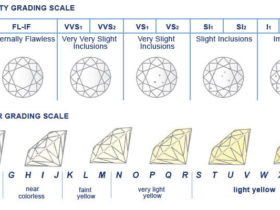


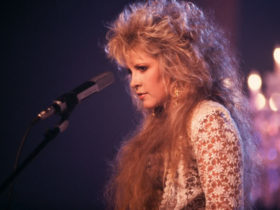




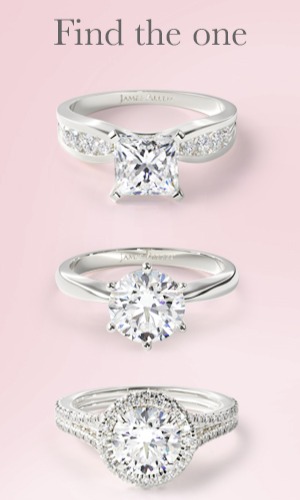
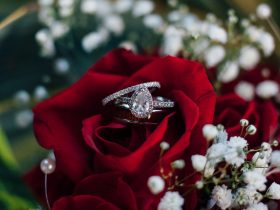
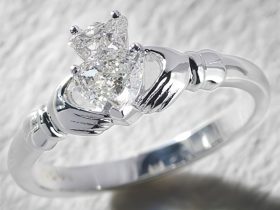
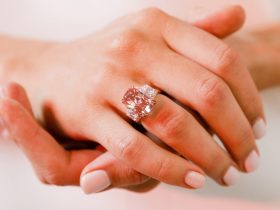
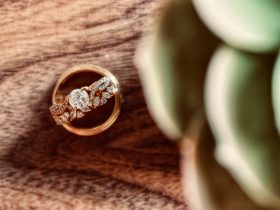
Leave a Reply